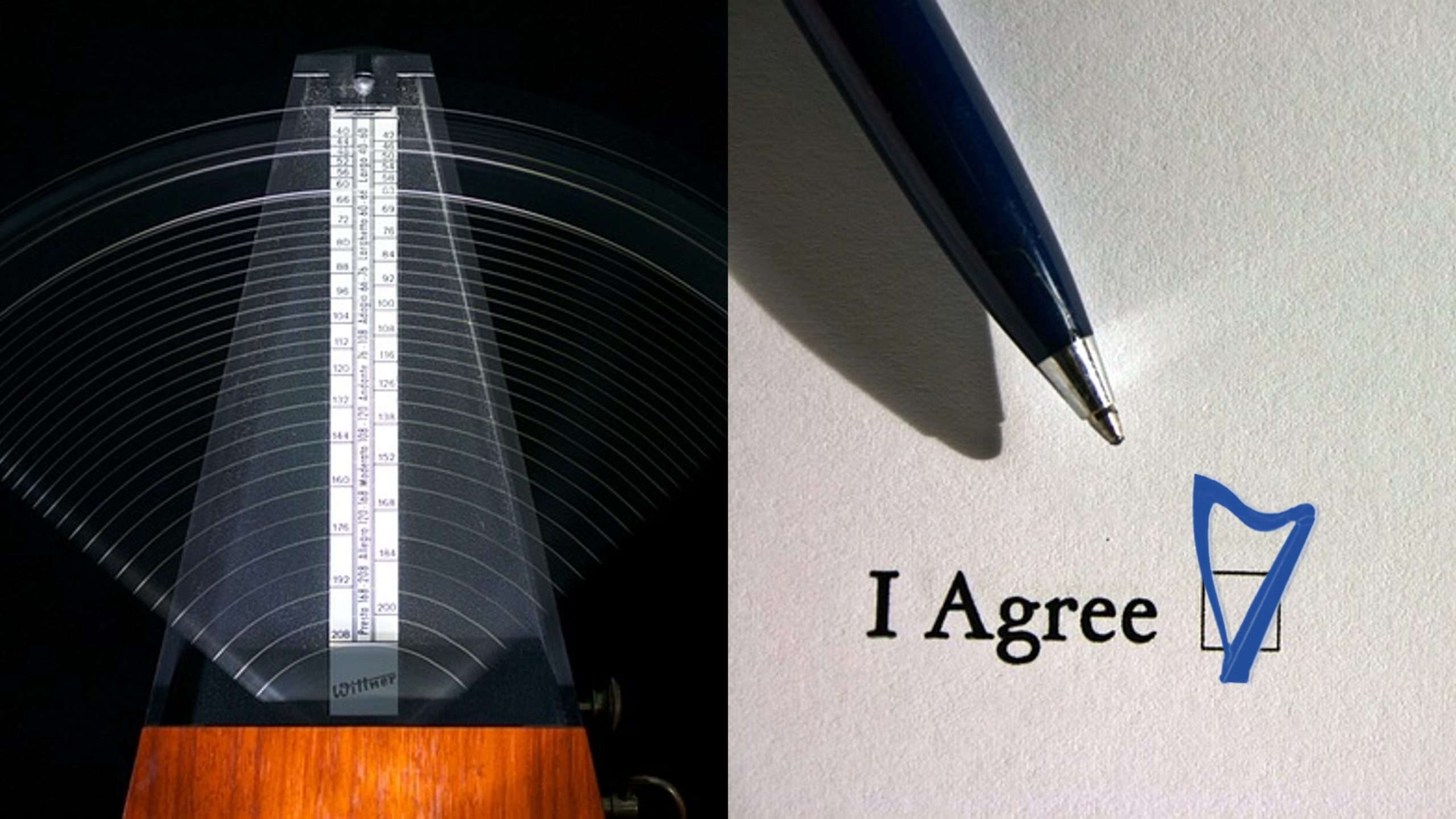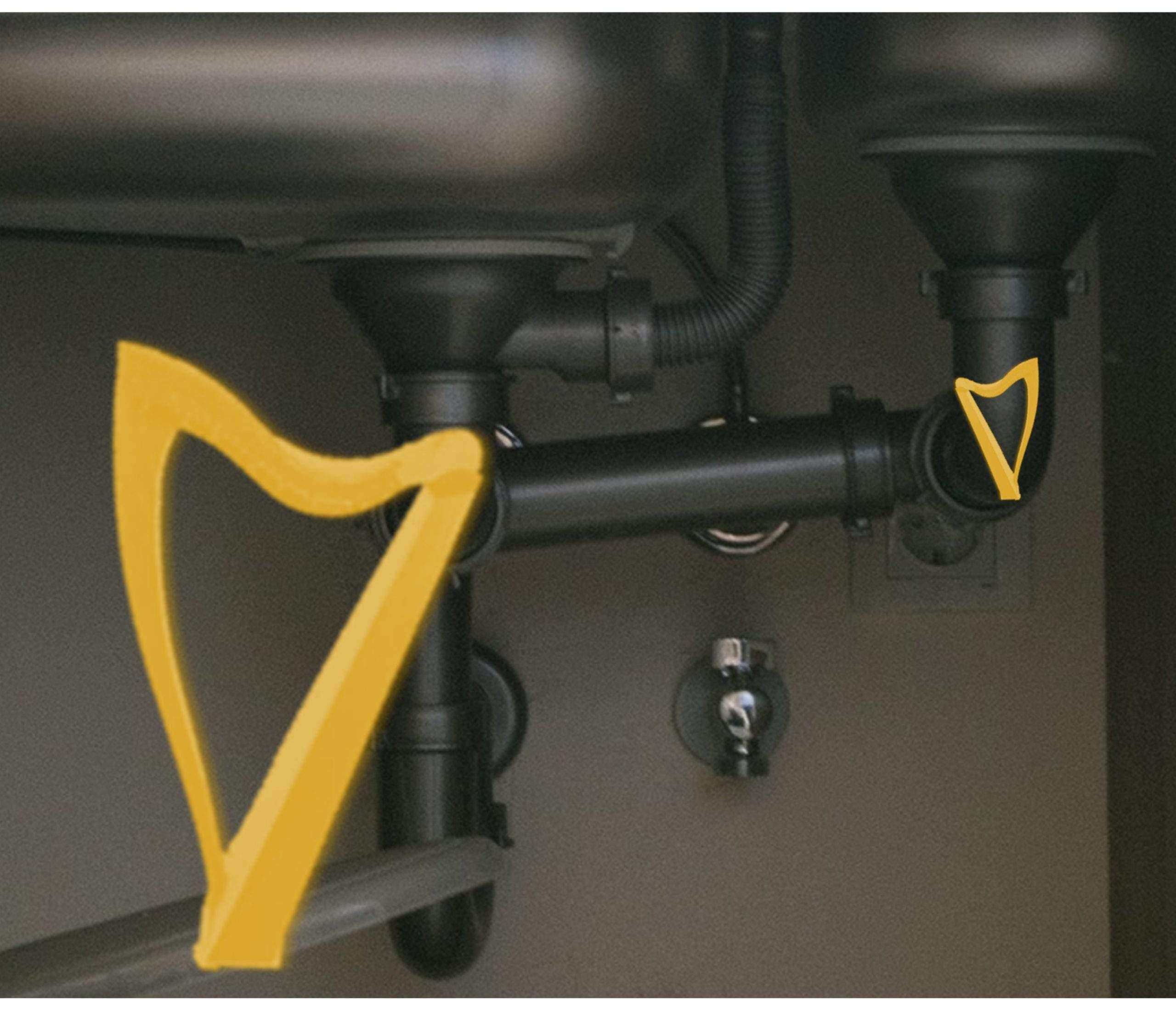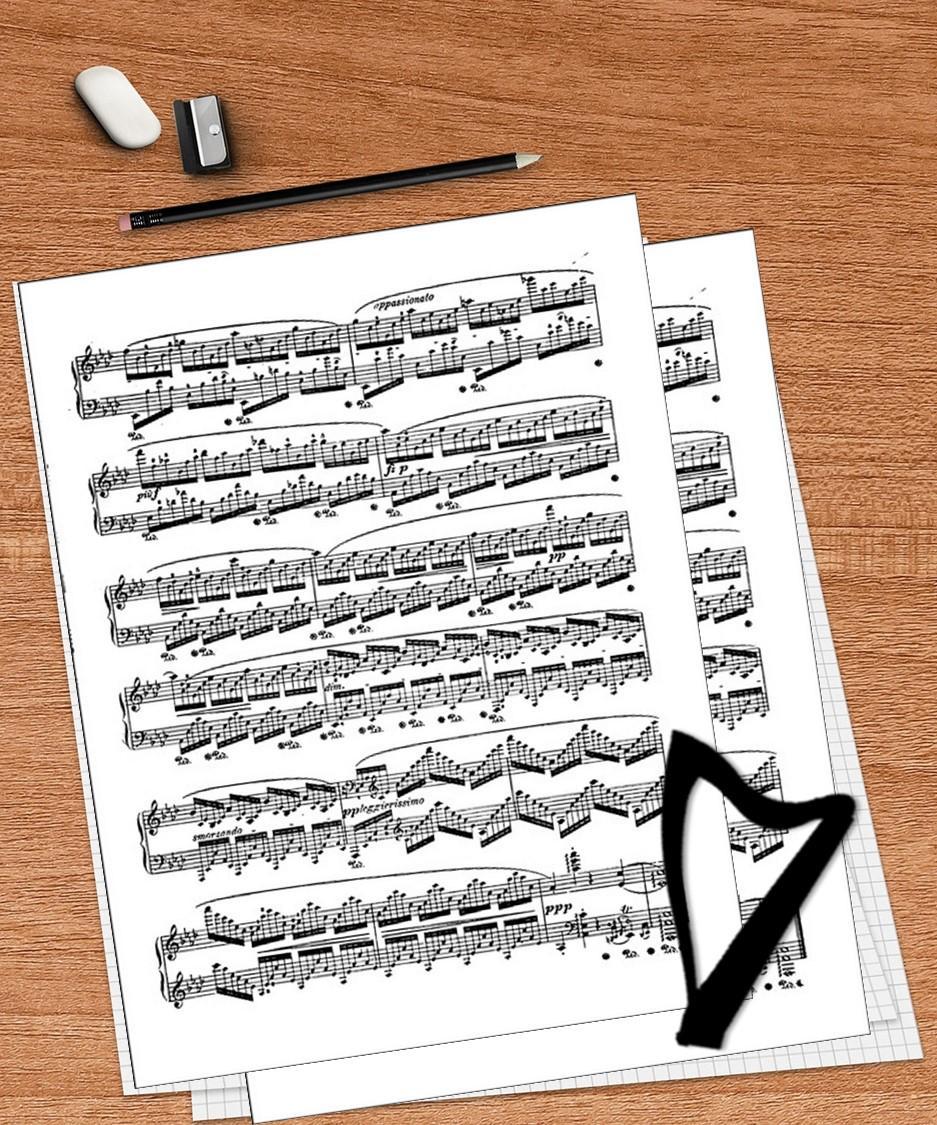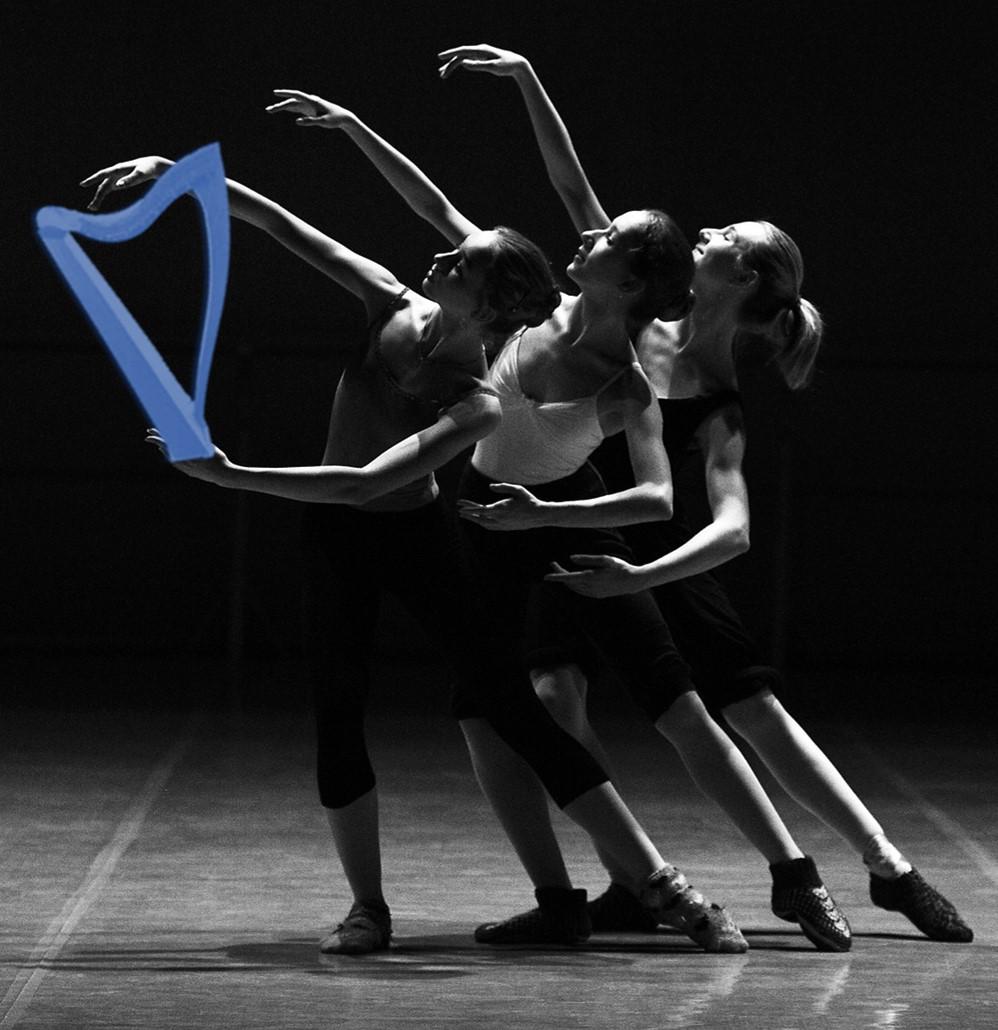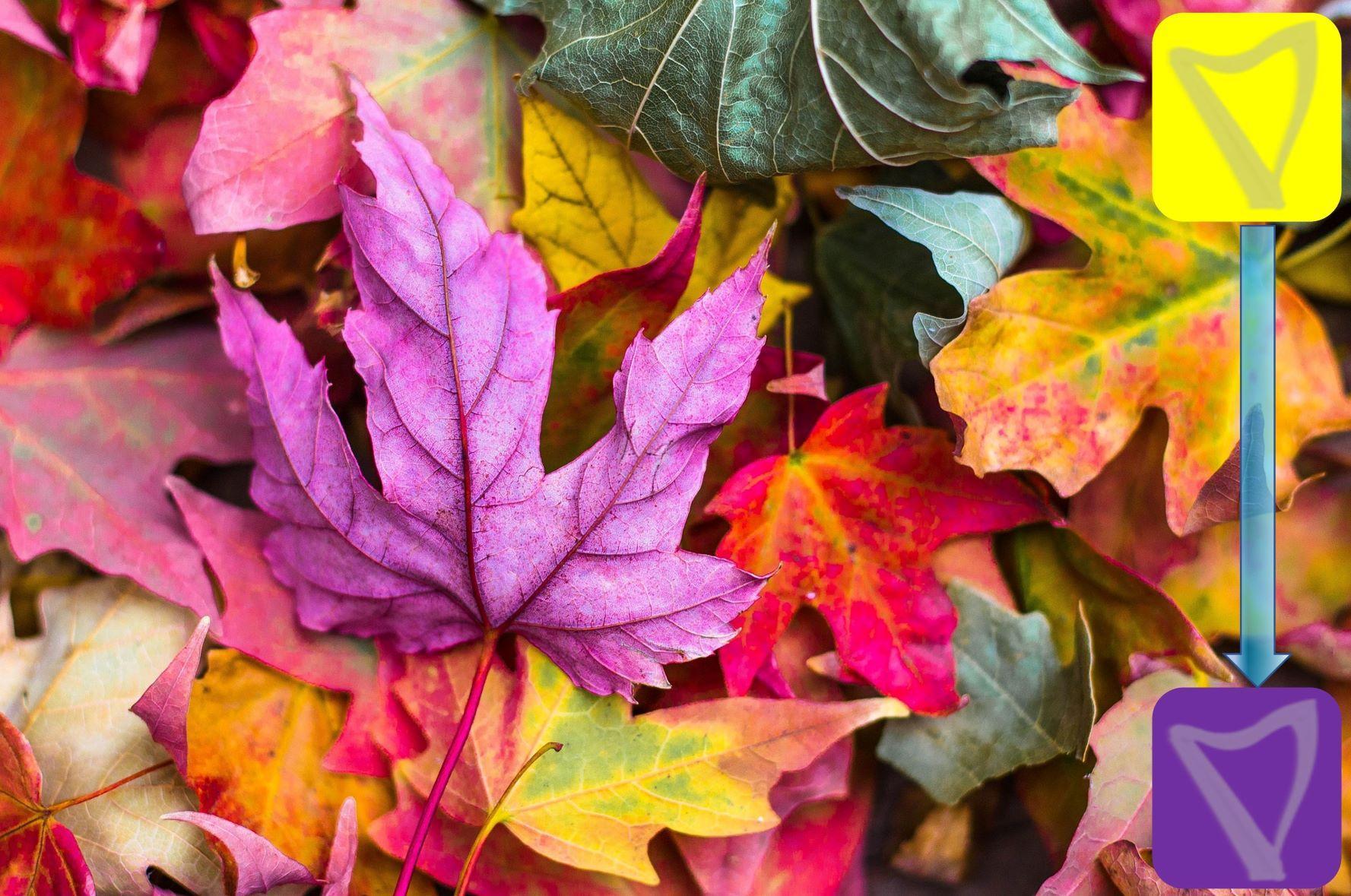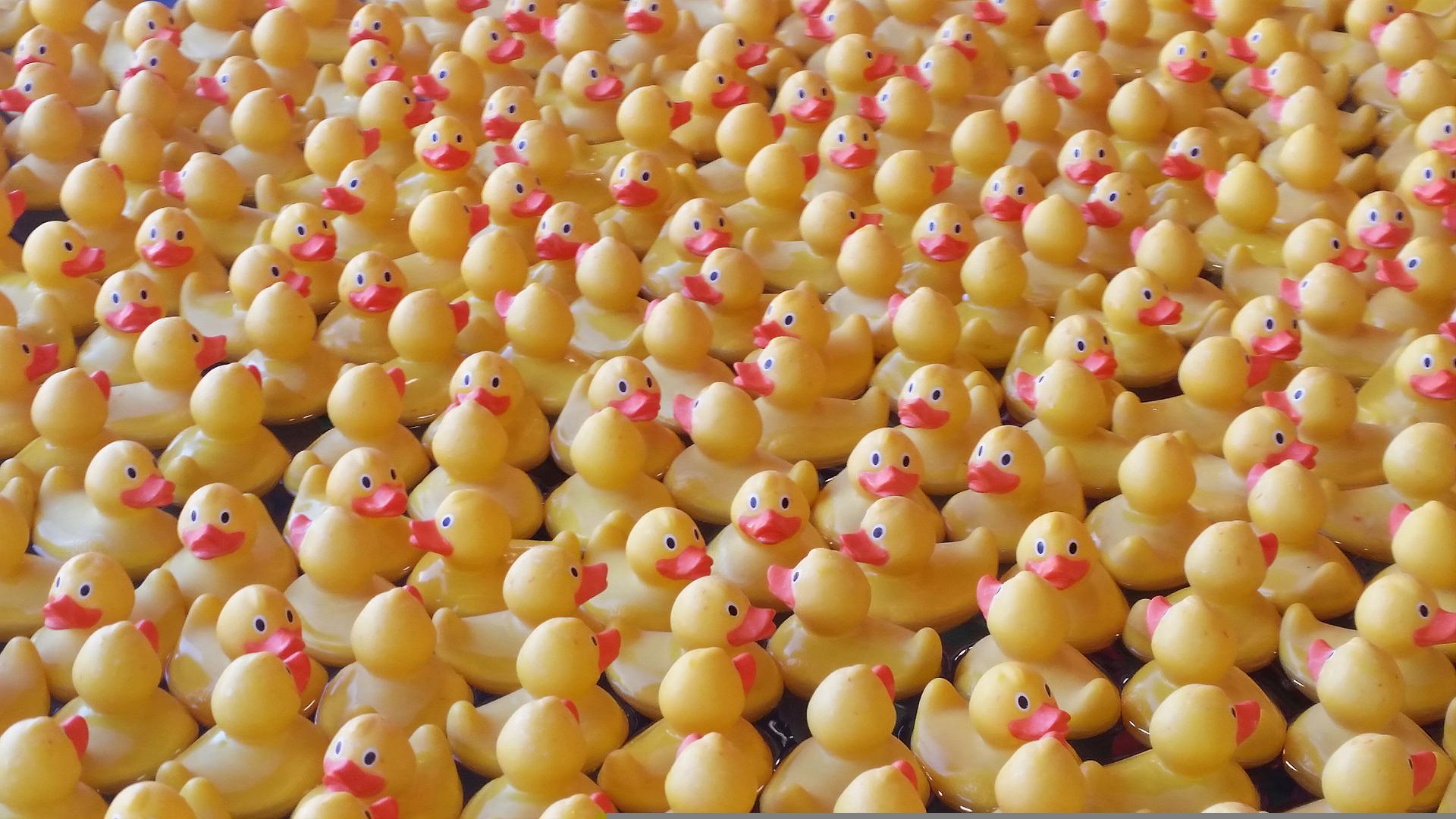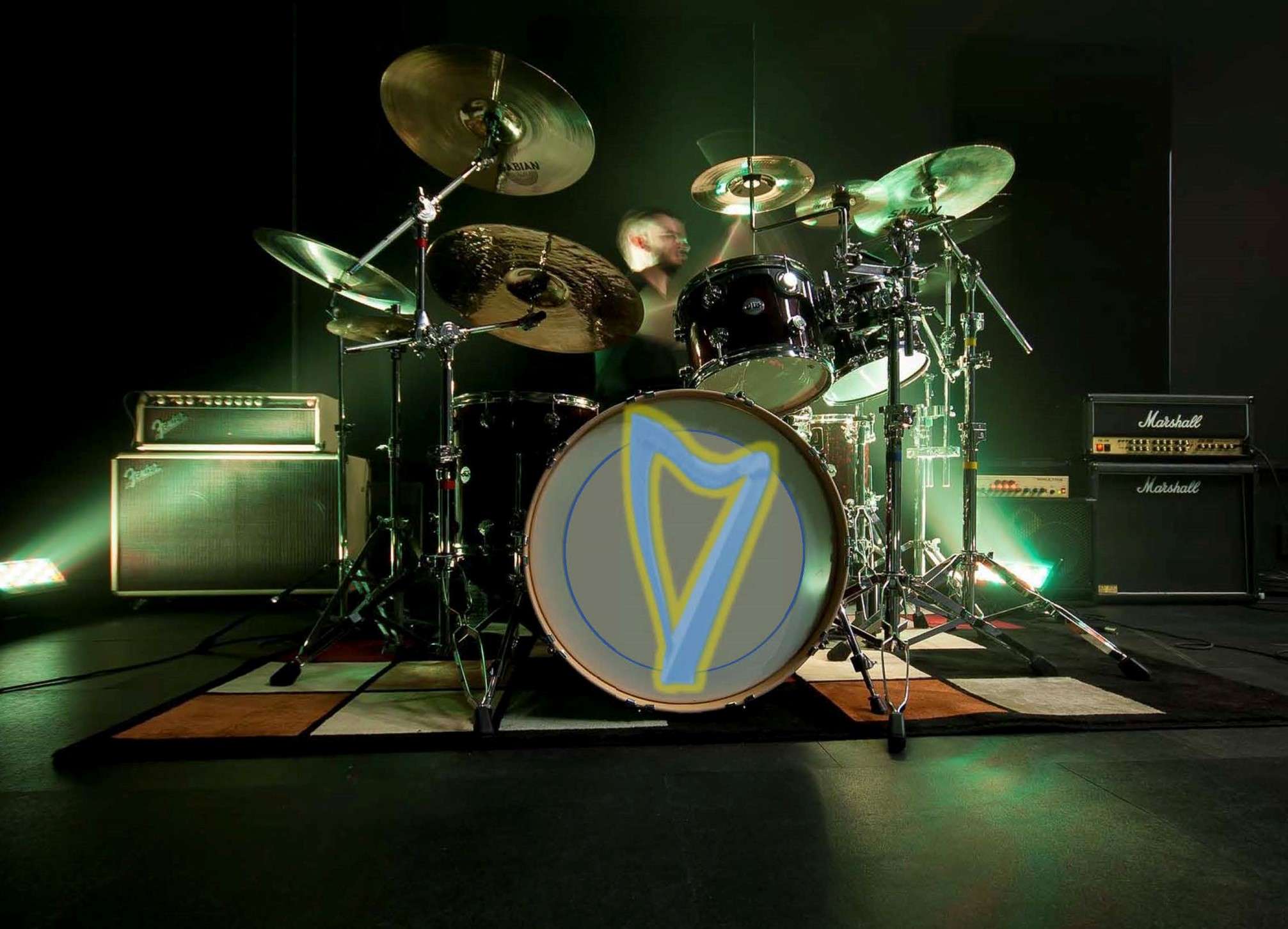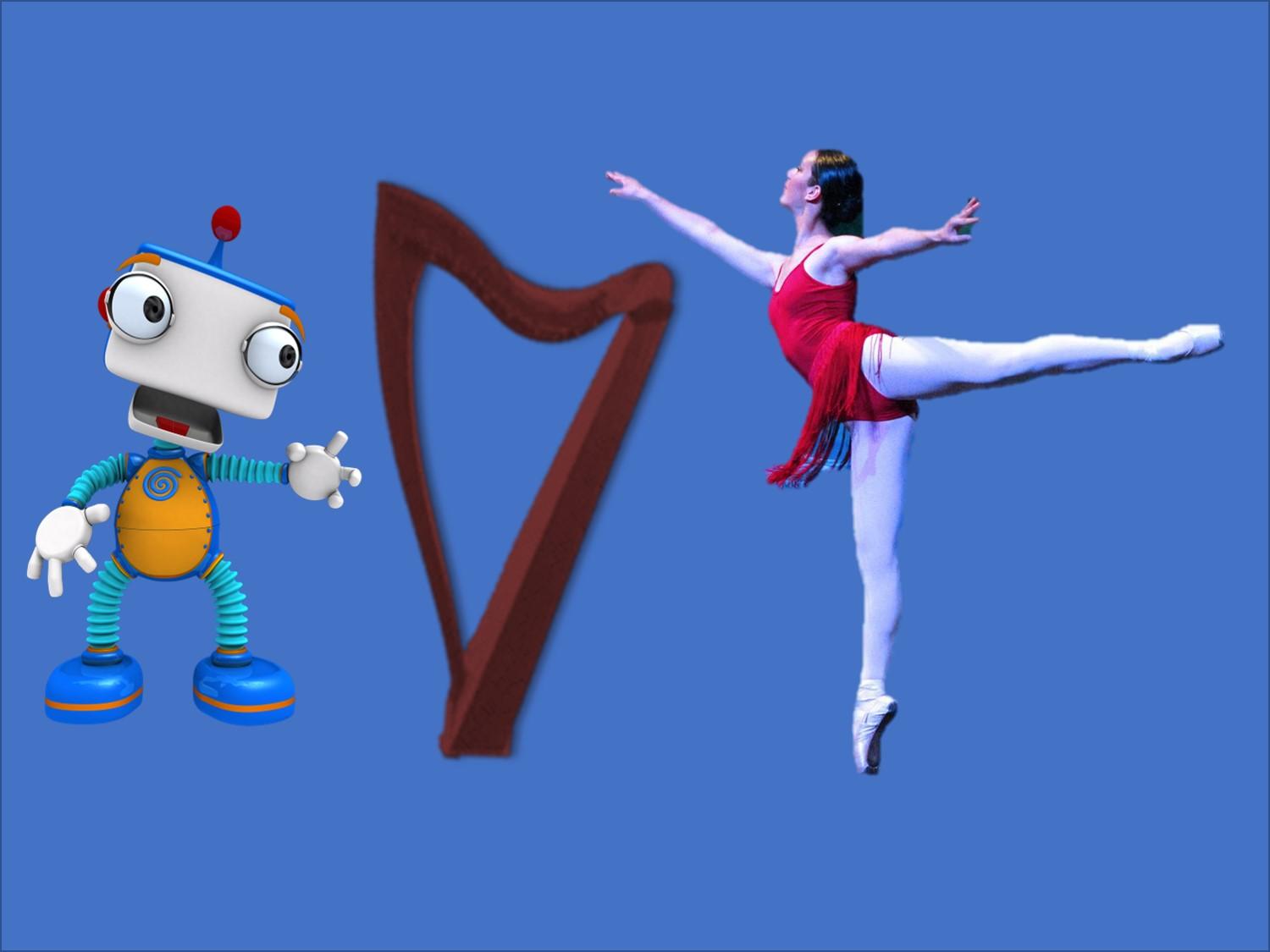Do you agree with your metronome?
I don’t have a great sense of rhythm. Well, that might not be true, but it is true that I don’t have a good sense of time. Whether it’s estimating what time I’ll be ready to leave my house or the interval between notes within a beat, I’m usually wrong. I typically don’t leave enough time to get out the door but in between beats, I inevitably rush!
For a long time, I struggled to improve my timing by torturing my metronome. I grew up with a Seth Thomas – the classic “tick-tock”. I’ve been a musician for so long that my Seth has an actual real wood box. I look at it every day and will always be grateful to my parents for giving it to me. But it took me a long time to be grateful!
Why? Not because I wasn’t delighted to be given such a lovely gift, but because the darn thing defeated me at every turn! I found it confusing and dispiriting and frustrating. Usually I didn’t know I was off until I was done. And even on the few occasions when I knew I was off, I was never sure how or why!
GRRRR.
But one day I had a revelation. I finally figured out that I was using my trusty Seth all wrong!
Whaaaa??????
I had always set Seth to tick the quarter notes. But Seth is much more versatile than that! And one day I finally realized it. That day I was so frustrated. I was off the beat almost immediately – how the h***? I was like 2 measures in, and I was already off? Curses.
So, I decided that I wasn’t getting it and I needed to slow down (see, I don’t just say that to torture you, I say it to myself all the time!). I set Seth even slower. And then, (finally!) I realized that I could make the tick the beat and the tock to be the “e”, then the next tick could be “and” and it’s tock could be an “ah”. And suddenly all was right with the world.
Ok, not really. But because I had subdivided the beat formally, the wobbliness of my timing became crystal clear. No matter where in the subdivision I was lagging (or speeding up), it was a lot easier to find now. And then I had another thunderbolt. If I used my metronome app, I could actually set the number of ticks and tocks to be whatever I wanted – so if I needed 32nd note precision, I could have it. 16th note precision? I could put sixteen beats in. If I only wanted 8ths, I could have them. And if I counting in quarters would do the trick, I could have TICK tock tock tock, so that I was not only on the beat but on the right beat!
And perhaps best of all, I could turn the volume up really loud – and wear headphones – so that I can indeed hear the ticks and tocks, no matter how hard I was concentrating (because we only have so much brain and if I’m working more than my brain can keep up with, then I don’t hear the metronome at all!).
There was another magical property that arose from this exercise – I found that I was actually mindfully counting more/better and relying less on “getting it”. And once I was more accurately counting, then I could pick up the tempo more carefully – and accurately!
Now, as a matter of practice, once I have the rhythm down, then I can “step down” the metronome. I can go from 16ths to 8ths, and when it’s steady then I can go down to quarters. Occasionally I can test myself and go back to 16ths to see if I’m as precise as I think.
Now, don’t be fooled. I still rush. But now I’m much more aware of where I’m rushing. I still struggle with picking up speed on triplets and with feeling like everyone else is faster than me. But at least I have a strategy for improving.
So, I challenge you to give this a try. If you want it to be easier, start with a tune you already know and can play. Set up your metronome for the subdivision you need (not the one you want) and give it a try. Remember that the metronome is a tool in service to you – set it as you need it at that point in time. Be ready to add more subdivisions, slow down or speed up, make it louder or quieter, you’re driving.
Let me know what you learn! Are you rock steady? All the way through? Is there a particular element you are always rushing (or late with)? I’d love to hear what you learn – let me know in the comments!

